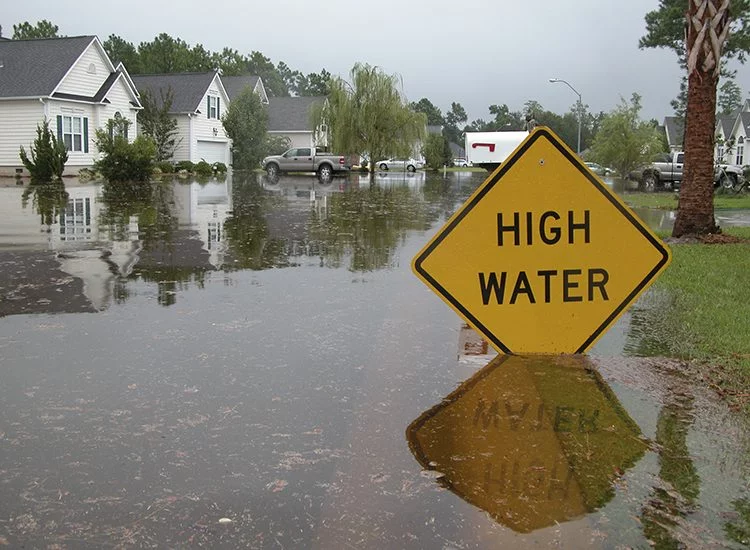
When a natural disaster hits an area, you know that you won’t be the only person filing a car insurance claim for damage to their possessions. Whether your windows were broken during a storm or your vehicle was subject to flooding damage, it helps to know the process so you have a better chance of a favorable outcome. See what steps to take to file a claim through your auto insurance carrier.
Step One: Check Your Coverage
Not every policy will cover every event, so you need to first start with the terms of your plan. If you have comprehensive insurance, which most people do, then you can likely file a claim for damage. However, if you have liability only, then you’re only covered if you are at fault for an accident and need to pay for the repairs of another person’s vehicle. If your vehicle is damaged, regardless of whether it’s through an accident or a natural disaster, it won’t be covered under this type of policy.
Step Two: Check Your Vehicle
If your vehicle is still operating, then you may have the chance of repairing it to get it back on the road. However, in many cases, even some flooding damage will result in a total loss of the car. When you contact your insurance company, they’ll have you fill out official forms that state what happened. You’ll likely have an adjuster assess the car or be asked to take it to a body shop within the insurance carrier’s network.
Step Three: Stay On Top of It
Ideally, you’ll get your claim form in as soon as possible. The insurance carrier will be overwhelmed after a natural disaster as they struggle to get everything sorted out. If you’re able to act fast, you’ll have a better chance of getting everything fixed within a reasonable timeframe. It’s not possible to schedule for every natural disaster, though certainly some insurance carriers will handle it better than others.
It’s stressful to endure the aftermath of damage after already going through a natural disaster, but you’ll ultimately be better off to tackle it sooner rather than later. This can ultimately make it easier to put the whole thing behind you too. If you have questions about your auto insurance carrier’s protocol after a disaster, you may want to clarify this (along with the terms of your coverage) before anything occurs.



